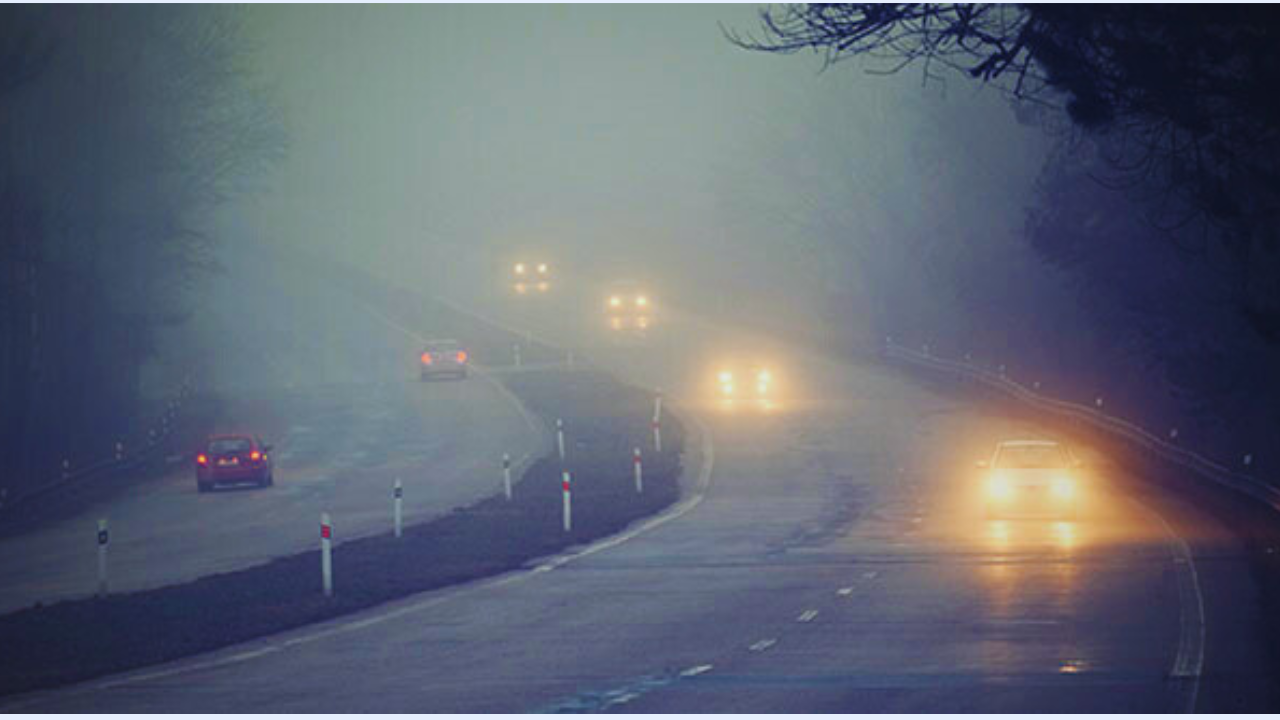4 Tips for Driving with Poor Visibility
Driving in conditions of poor visibility can be challenging and potentially hazardous. Whether it’s due to heavy rain, fog, snow, or darkness, limited visibility requires extra caution and specific strategies to ensure a safe journey. In this article, we’ll explore four essential tips for driving with poor visibility, helping you navigate the roads with confidence and safety. Top 10 Vintage Cars of All Time: Mustang, Camaro, Beetle, 911, and More
Slow Down and Increase Following Distance

When visibility is compromised, it’s crucial to reduce your speed and increase the distance between your vehicle and the one in front of you. This extra space provides you with more time to react to sudden stops or obstacles on the road. Slowing down allows you to maintain better control over your vehicle and reduces the risk of collisions. 4 Tips for Driving with Poor Visibility
Use Proper Lighting

Proper lighting is essential to make your vehicle visible to others and to help you see the road ahead. Turn on your headlights even during the day when visibility is low, and ensure that your taillights and brake lights are working effectively. If you’re driving in heavy rain or fog, use your fog lights if available, as they are positioned lower on the vehicle and can improve visibility closer to the ground. 4 Tips for Driving with Poor Visibility
Avoid Distractions

Distracted driving is dangerous under normal conditions, and it becomes even riskier when visibility is poor. Put away your phone, avoid adjusting the radio, and focus solely on the road. Keep both hands on the steering wheel and your attention on your surroundings. Minimizing distractions enhances your ability to respond quickly to unexpected situations. 4 Tips for Driving with Poor Visibility
Stay Mindful of Road Markings and Signs

In conditions of poor visibility, road markings and signs become your guiding points. Pay close attention to lane markings, reflectors, and road signs to stay oriented on the road. Follow the lane markings to maintain your lane discipline, and adhere to speed limits indicated by road signs. Utilize the reflective surfaces of these markers to identify turns, intersections, and potential hazards ahead. view More details
Conclusion
Driving with poor visibility demands heightened awareness, patience, and adherence to safety measures. By following these four essential tips—slowing down, using proper lighting, avoiding distractions, and relying on road markings—you can significantly reduce the risks associated with low visibility conditions. Remember, your safety and the safety of others on the road depend on your responsible driving behavior.
FAQs
Can I use my hazard lights while driving in poor visibility?
Hazard lights should only be used when your vehicle is stationary, such as during a breakdown or when parked. Using hazard lights while driving can confuse other drivers and is generally not recommended.
Should I use high beams in heavy fog?
No, using high beams in heavy fog can actually worsen visibility by reflecting light back at you. Use low beams or fog lights if your vehicle is equipped with them.
Is it safe to drive at the speed limit during poor visibility?
In conditions of poor visibility, it’s advisable to drive at a speed that you can safely control and stop within your field of vision. This may mean driving below the speed limit.
Can I rely solely on my vehicle’s automatic headlights?
While automatic headlights can be helpful, it’s always a good practice to manually turn on your headlights to ensure that you’re visible to other drivers, especially in low light or poor visibility conditions.
How can I check if my brake lights are working properly?
Ask a friend or family member to stand behind your vehicle while you press the brake pedal. Alternatively, you can park near a reflective surface, such as a glass window, and observe the reflection of your brake lights while pressing the brake pedal.






